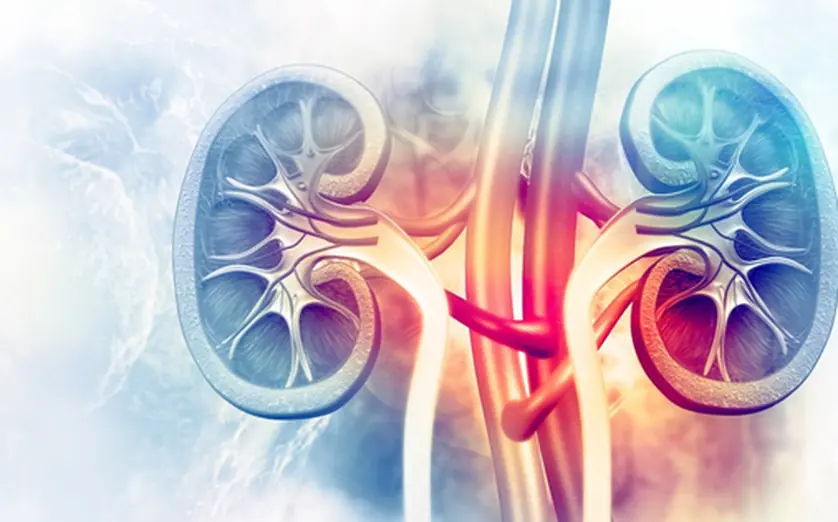
Tips for growing chili peppers in pots with lots of fruit
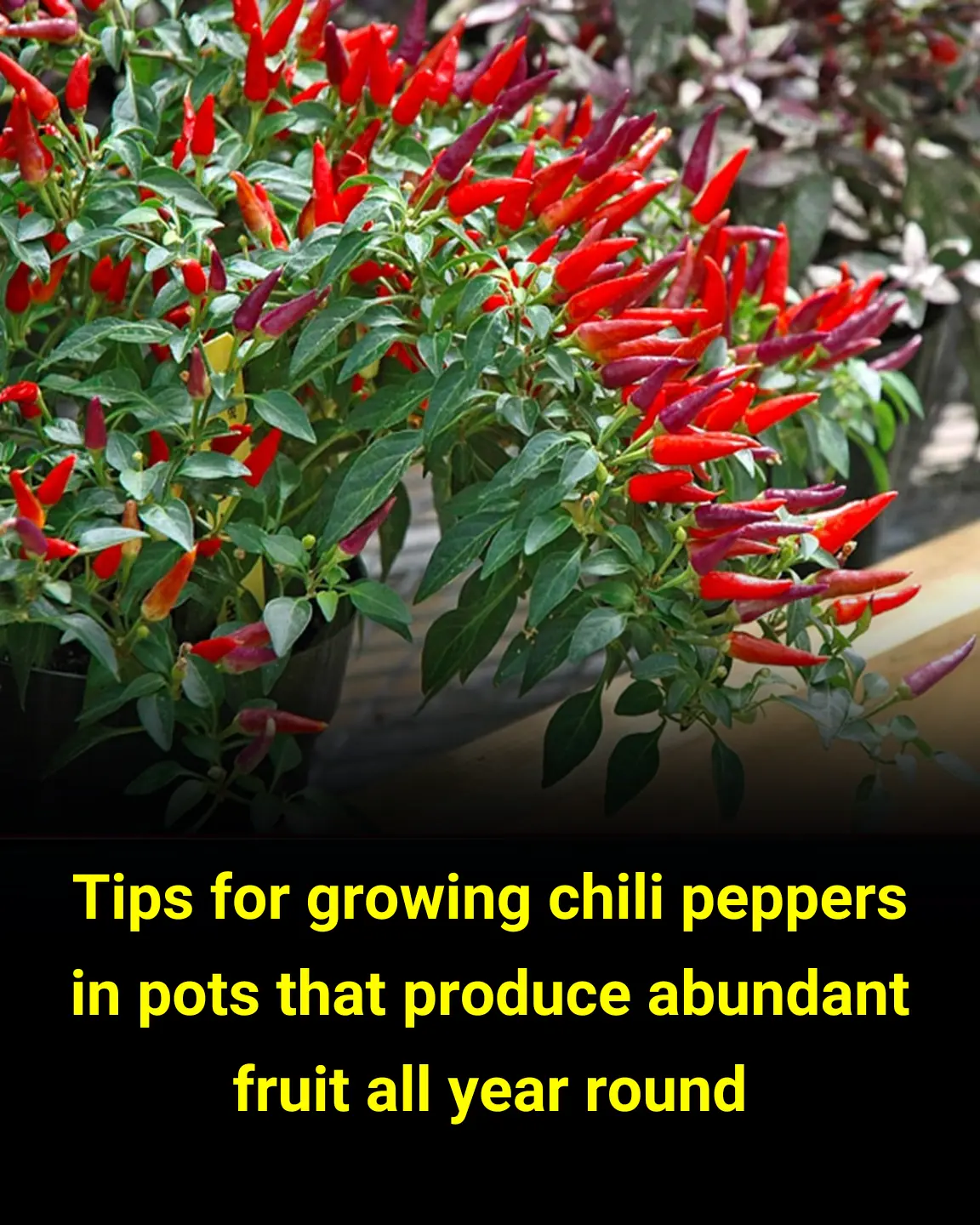
You can grow chili peppers at home to not only add vibrancy to your living space but also have fresh peppers available year-round. To ensure your chili plants produce plenty of fruit, apply the simple tips below.
Chili plants are relatively easy to grow and require little maintenance. Having a chili plant at home means you won’t have to buy peppers frequently, and you can always enjoy fresh, flavorful ones. Besides, growing chili peppers can also serve as an ornamental plant that adds vitality to your living space. To get abundant fruit and harvest throughout the year, there are some important tips to follow.
A Special Trick to Make Chili Plants Fruit Heavily: Topping (Pinching the Growing Tip)
One lesser-known but effective technique to encourage prolific fruiting is topping—removing the growing tip of the chili plant. This method is simple and easy to do but works wonders in stimulating branch growth and fruit production.
When you pinch off the tip, the plant redirects its nutrients to develop side branches, encouraging fruiting instead of growing taller.
After topping, the side branches grow quickly, increasing the plant’s leaf surface area for photosynthesis. This results in more fruit production. Additionally, branches that receive better light produce higher-quality peppers.
Removing the top also helps improve air circulation among the branches, making it easier to monitor the plant for pests and diseases and apply timely treatments.
When Is the Best Time to Top Your Chili Plant?
Topping is not difficult, but timing is crucial to avoid weakening or damaging the plant. The ideal time to pinch the growing tip is when the chili plant has developed 6 to 8 true leaves and is about 20-40 cm tall. At this stage, the plant is strong enough to tolerate topping.
How to Top Your Chili Plant
Use a clean, sharp knife or scissors to cut the main growing tip, about 2 cm above the top leaf.
After cutting, side shoots will start to grow from the leaf axils below, encouraging the plant to grow more horizontally and spread out.
Besides topping the main tip, also prune weak, dried, or diseased branches to keep the plant healthy.
Caring for Your Chili Plant After Topping
After topping, continue to water your chili plant regularly to prevent drying out and help it recover quickly. Avoid overwatering, which can cause root rot.
Additionally, apply NPK fertilizer or organic compost to provide essential nutrients. Well-fed plants recover faster, grow vigorously, and produce better-quality fruit.
Additional Care Tips for Chili Plants
Chili plants prefer sunny and warm environments. Place them where they can receive 6 to 8 hours of sunlight daily. Ideal temperatures range from 20 to 30°C (68 to 86°F) for optimal growth.
Use loose, nutrient-rich soil with good drainage. Before planting, mix soil with organic fertilizer to enrich it. If growing in pots, ensure the containers have drainage holes to avoid waterlogging.
Water your plants in the early morning or late afternoon. Avoid watering under intense midday sun to prevent rapid evaporation and ensure the plant absorbs enough moisture.
By applying these tips, your home-grown chili plants will surely produce abundant fruit all year round.News in the same category


Tips to save money with toilet paper rolls
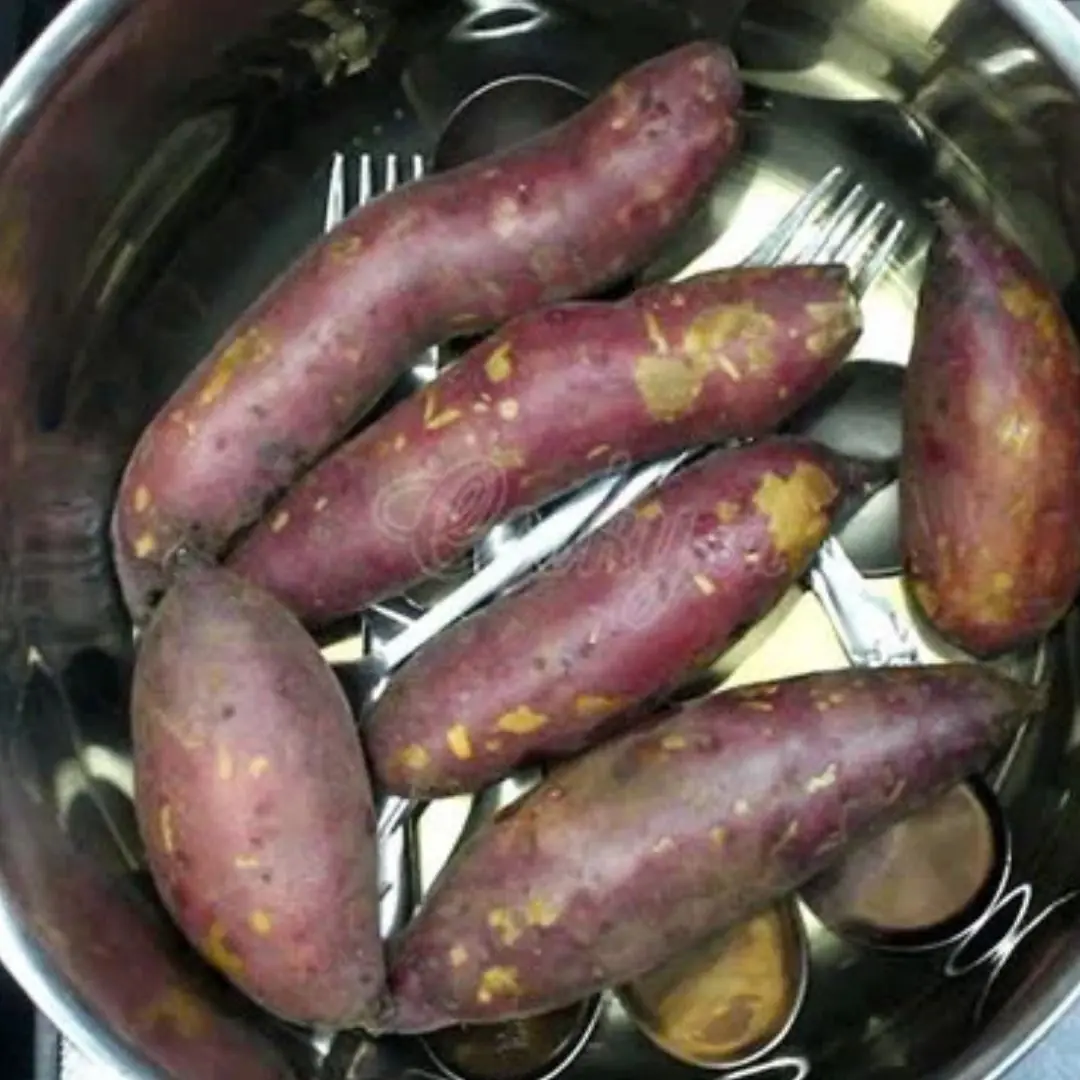
Boil potatoes without water: This way the potatoes will be soft, fragrant, and not bland.
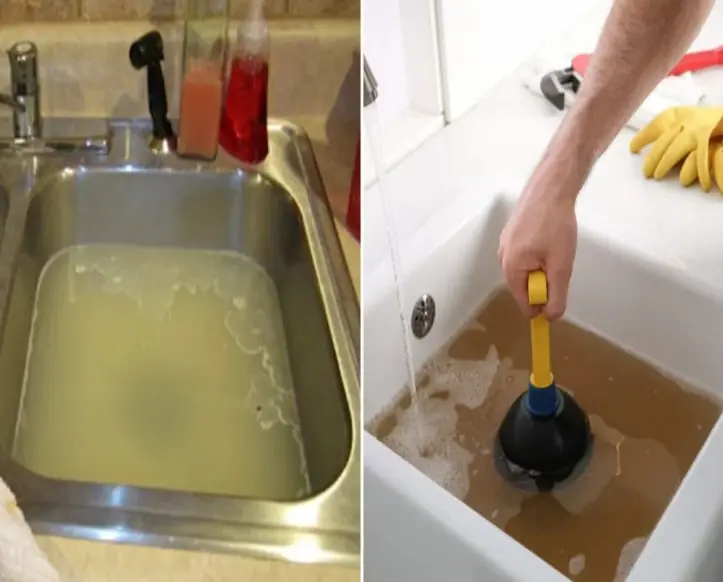
How to clean sink drain easily
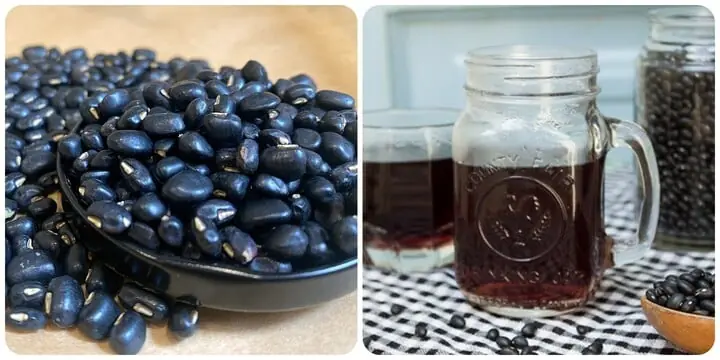
5 amazing health benefits of black bean water
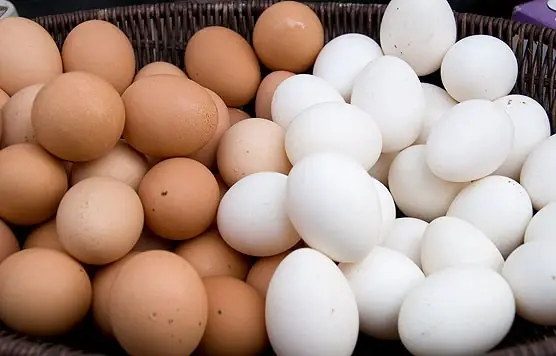
Should you choose brown or white eggs?
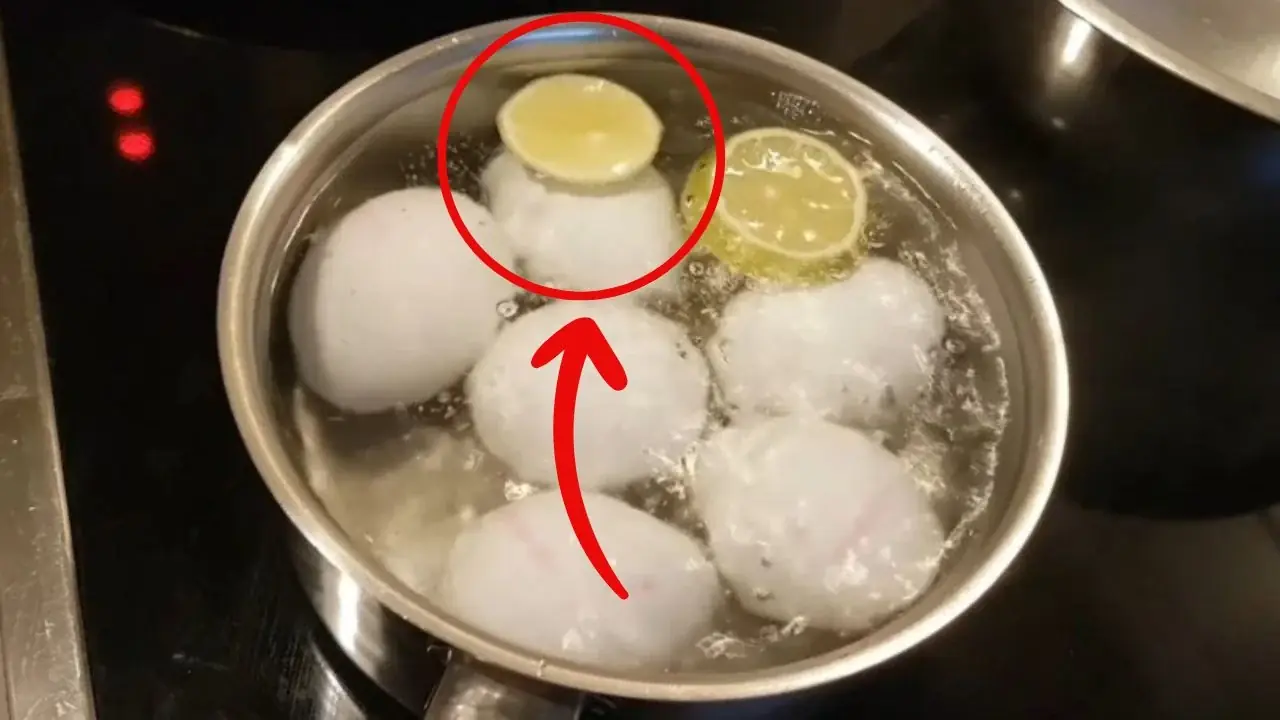
Tips for boiling eggs with lemon

Can Covid-19 be transmitted through masks and clothes? The expert's answer is surprising
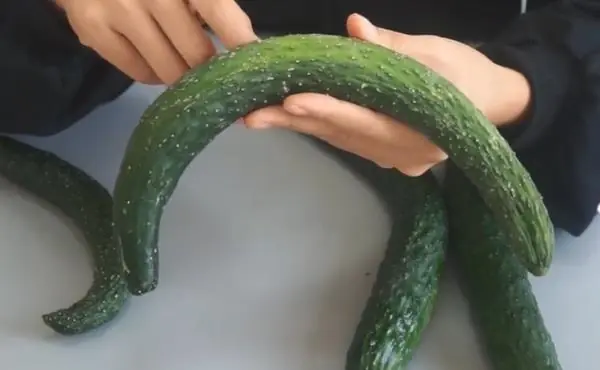
Are straight or curved cucumbers better? My mother's 40 years of experience growing vegetables is summarized in 3 things
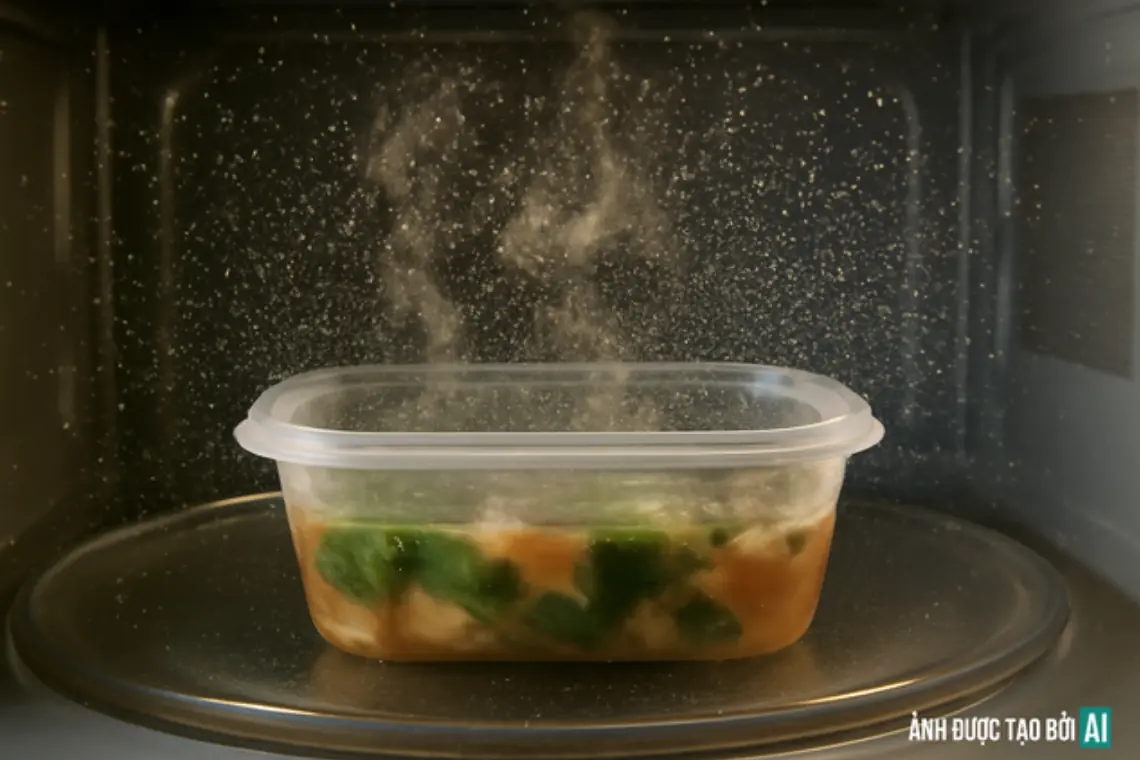
Warning about habits that contaminate food with more than 490,000 microplastic particles
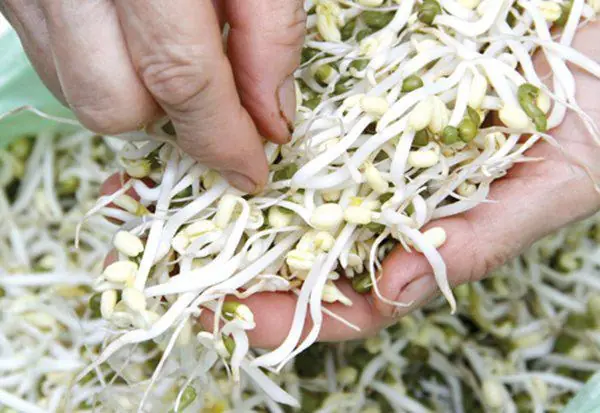
How to remove to.xins in bean sprouts
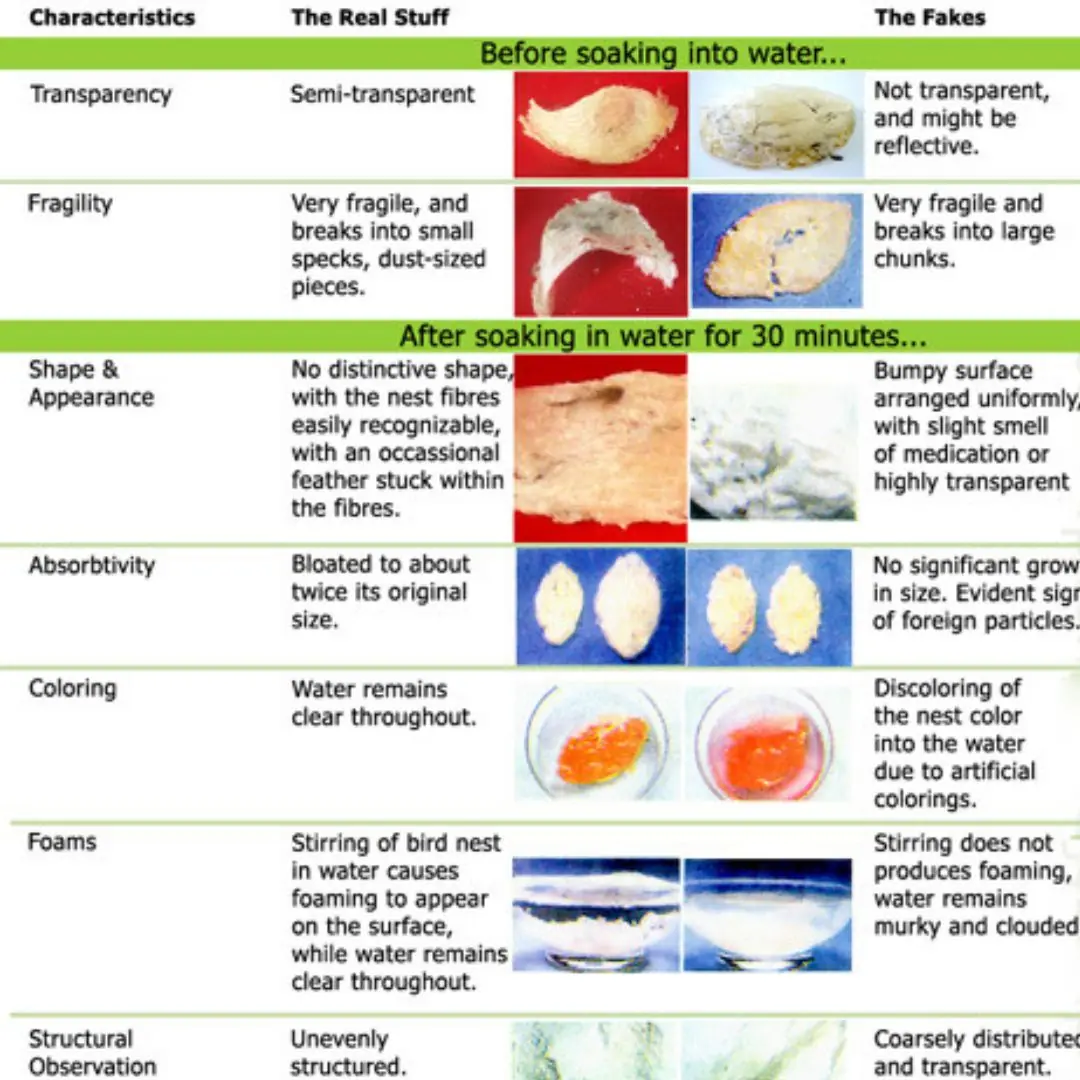
7 Ways to Differentiate Between Pure Bird Nest and Fake Bird Nest
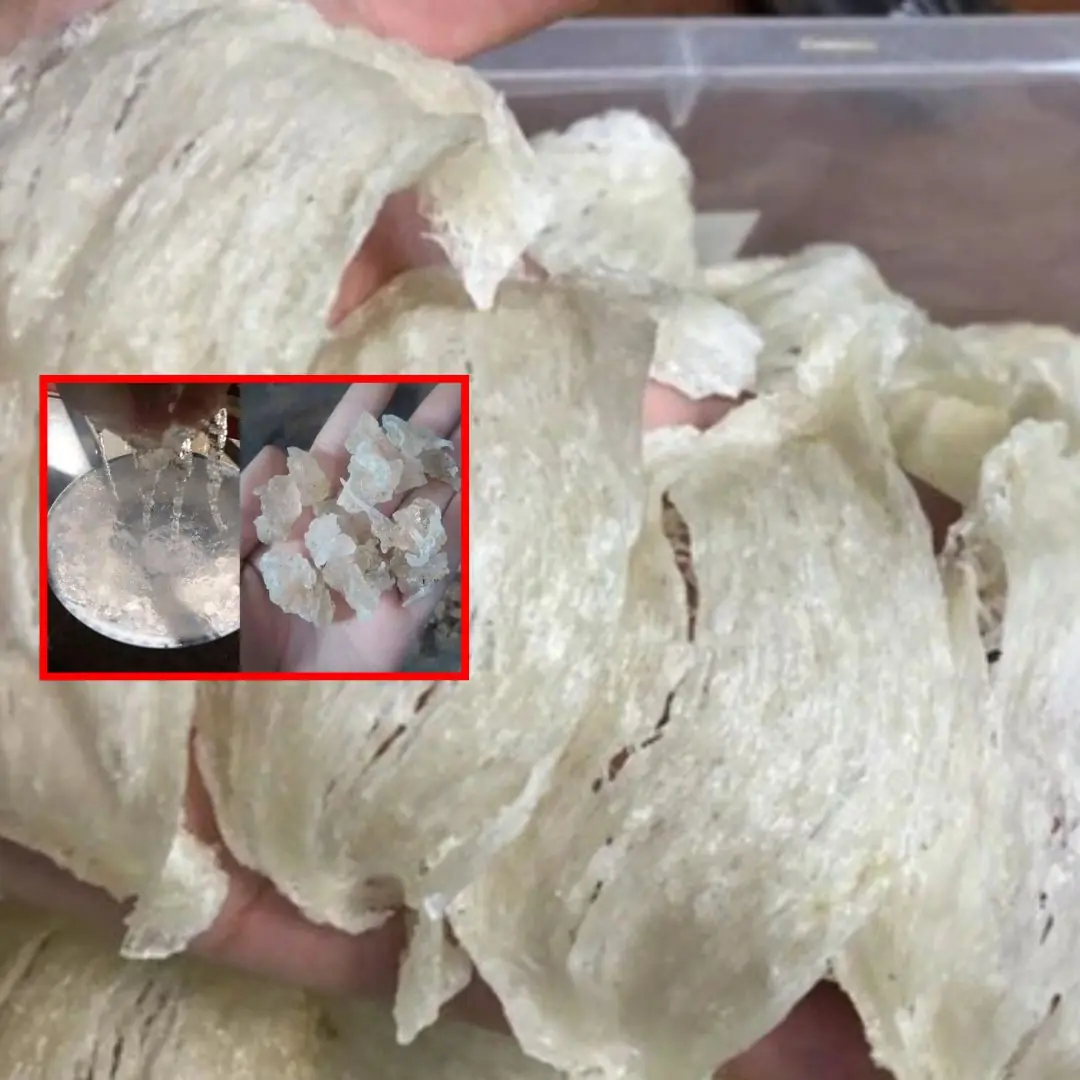
Doctor shows how to identify real and fake bird's nest
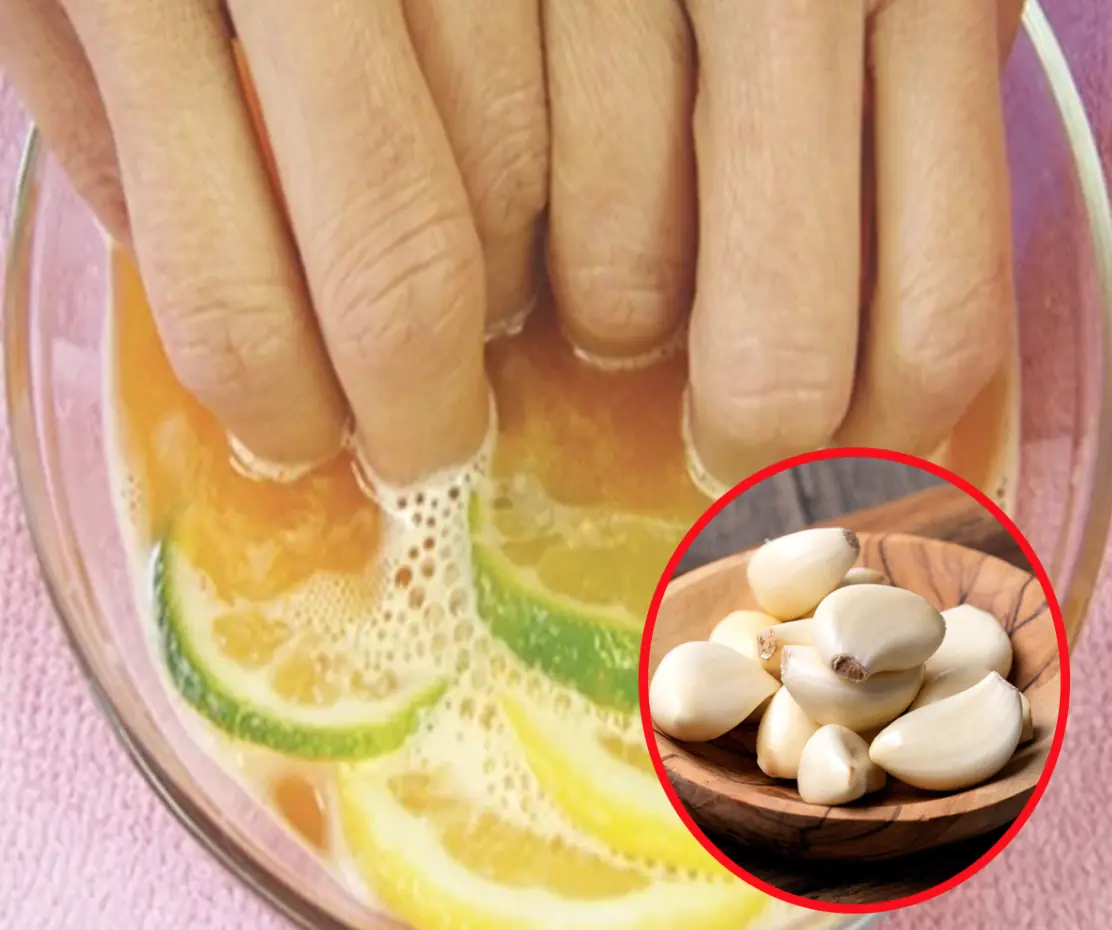
Tips to remove garlic smell from hands when cooking

Many doctors recommend using two pillows when sleeping for better sleep health!

Eat 4 foods on an empty stomach in the morning to help clean the intestines, improve digestion, and prevent canc.er
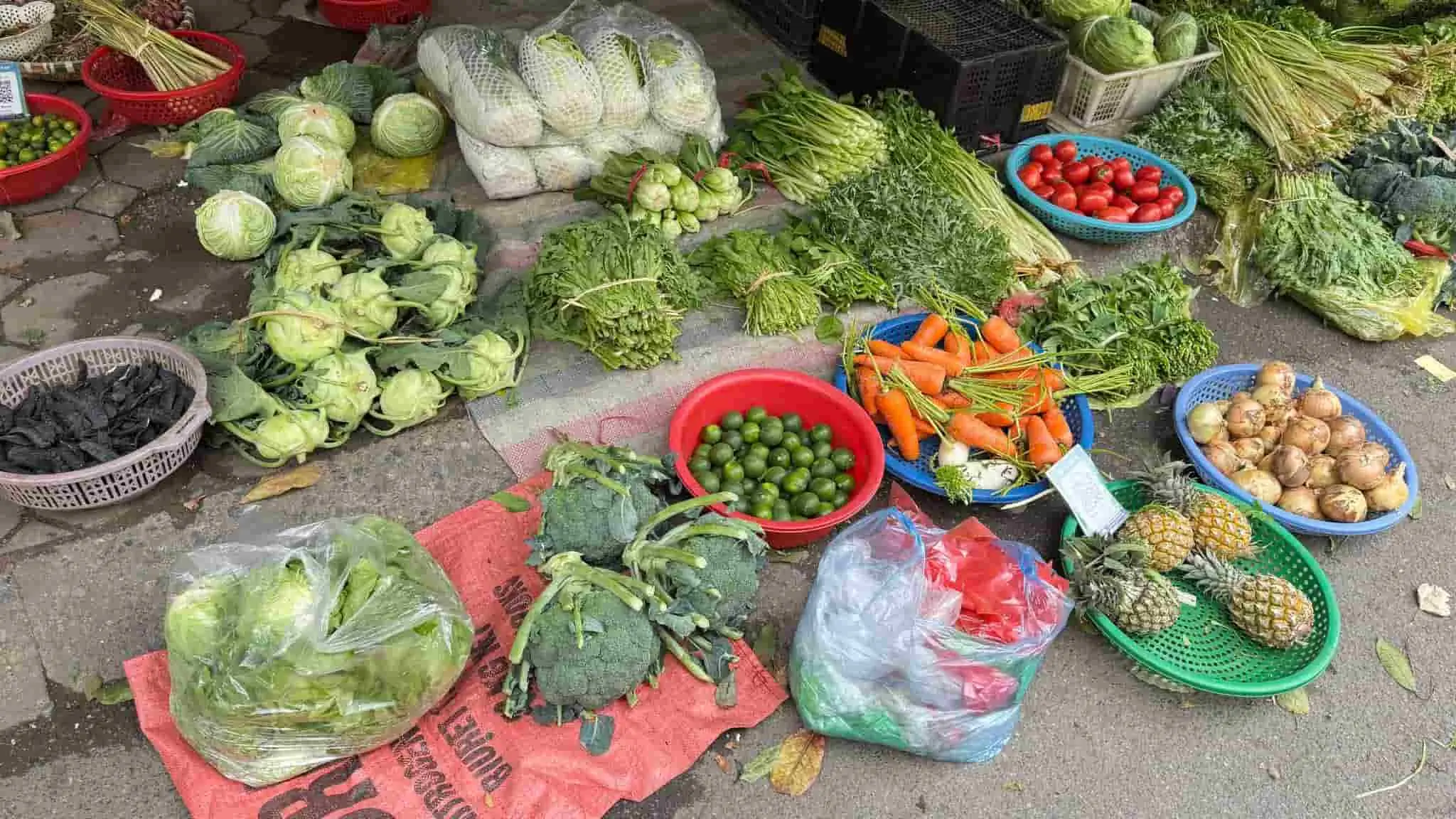
Walking around the market, a smart person can immediately see that these 5 types of vegetables are "soaked in chemicals", especially number 4
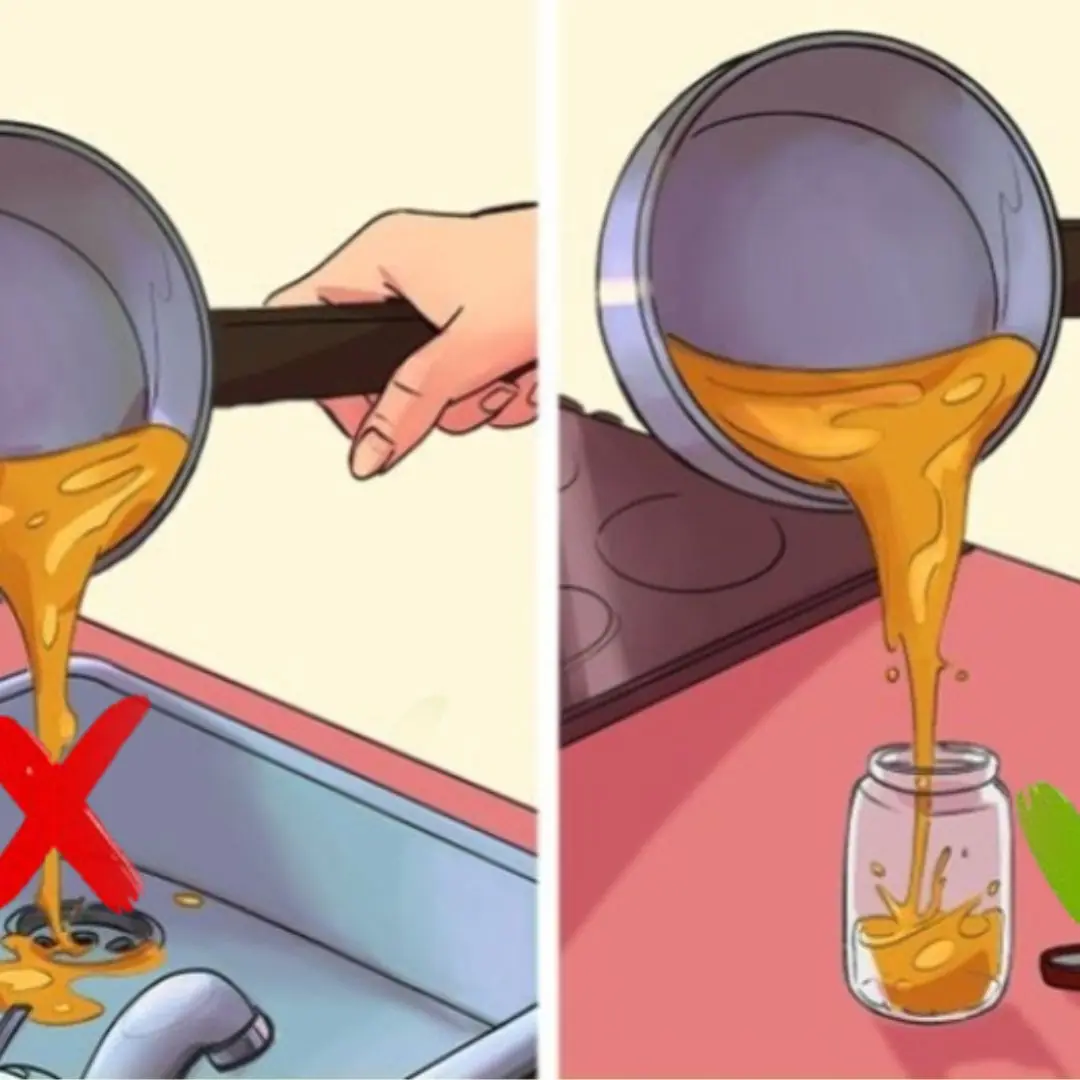
6 effective and safe ways to handle leftover cooking oil you should know

How to clean your TV screen safely without causing damage
News Post

Tips to smooth clothes without an iron
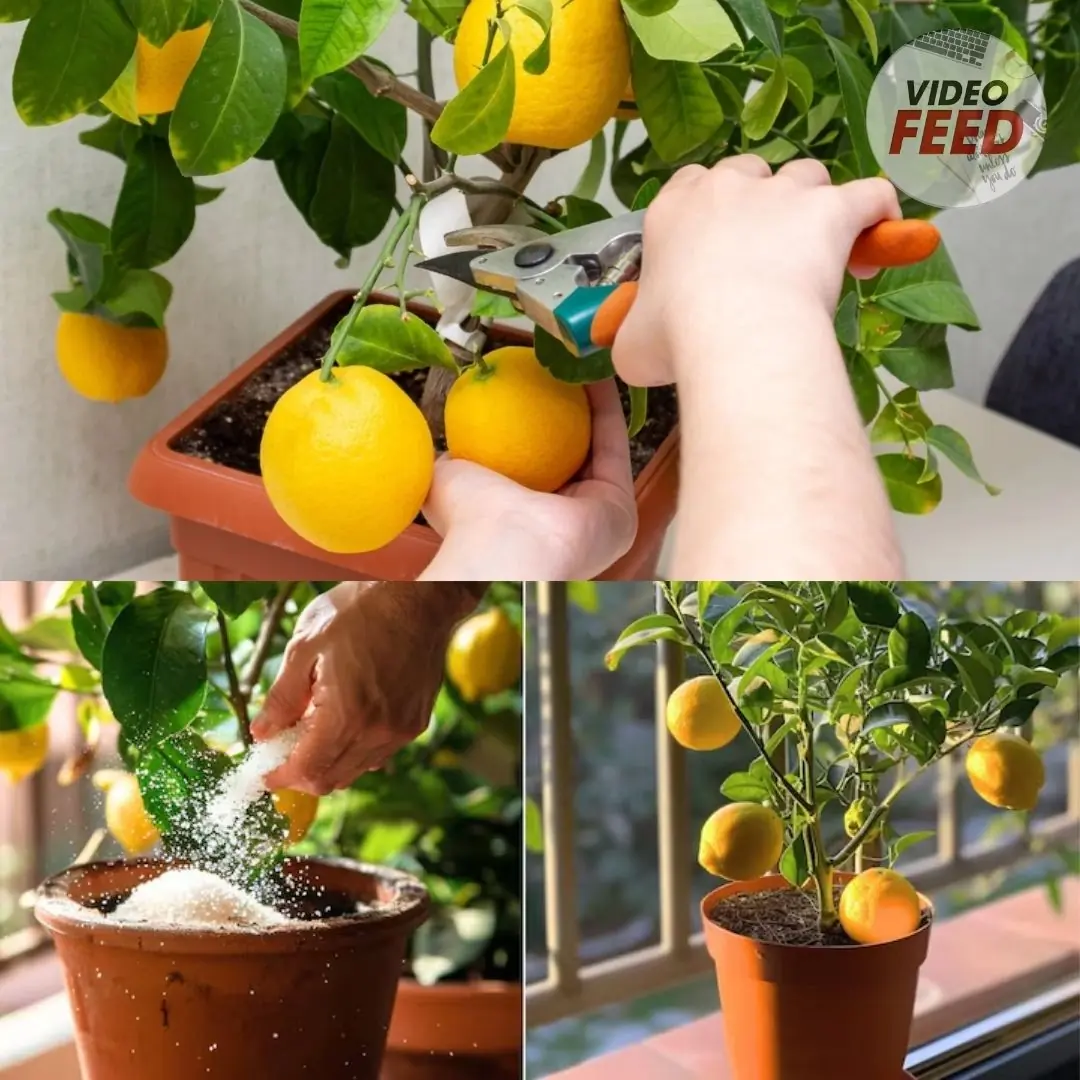
How to Grow a Lemon Tree From Seed Indoors or Outside, According to Horticulturists
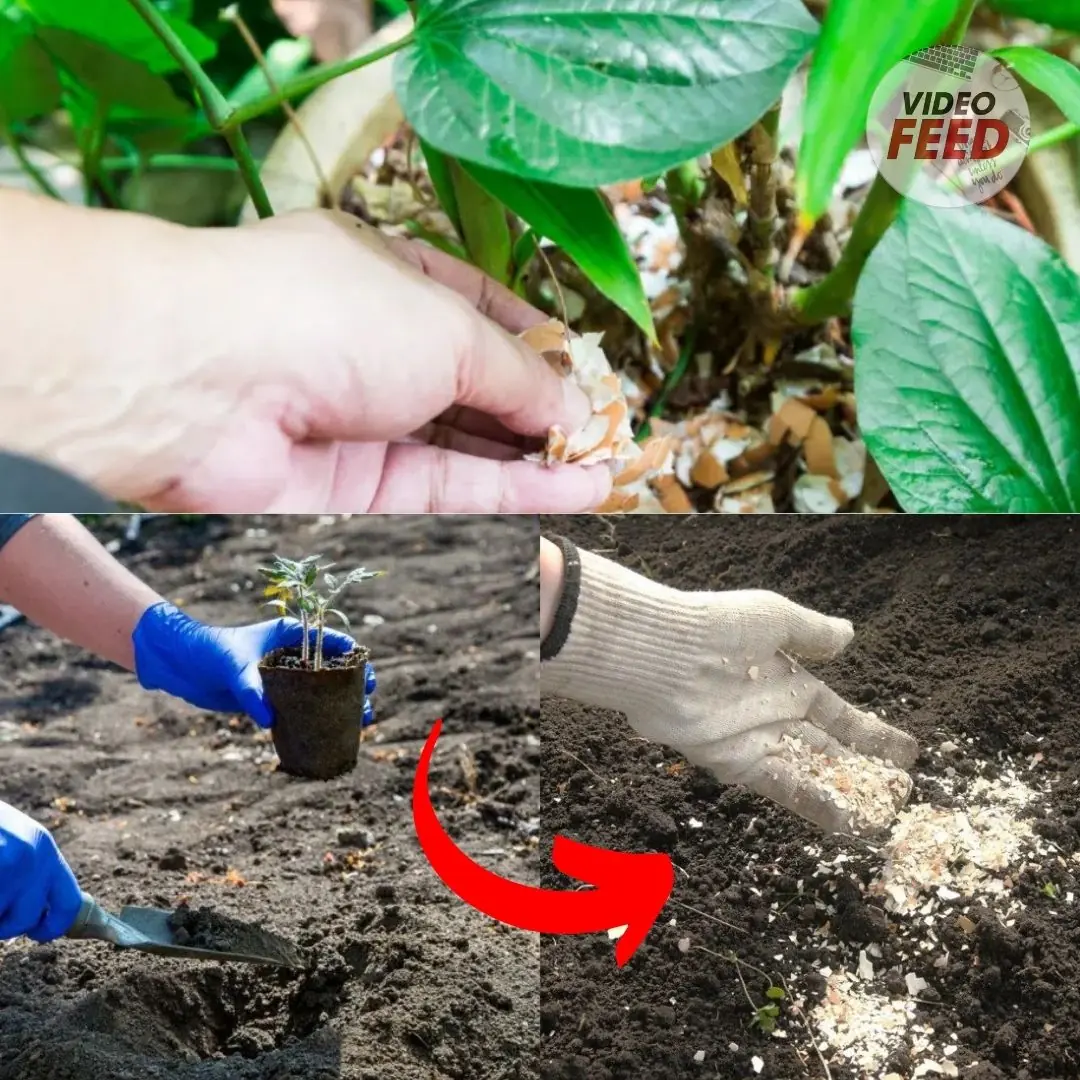
7 Brilliant Uses For Eggshells In Your Garden

Drinking coffee at the wrong time can ha.rm your heart

Tips to save money with toilet paper rolls
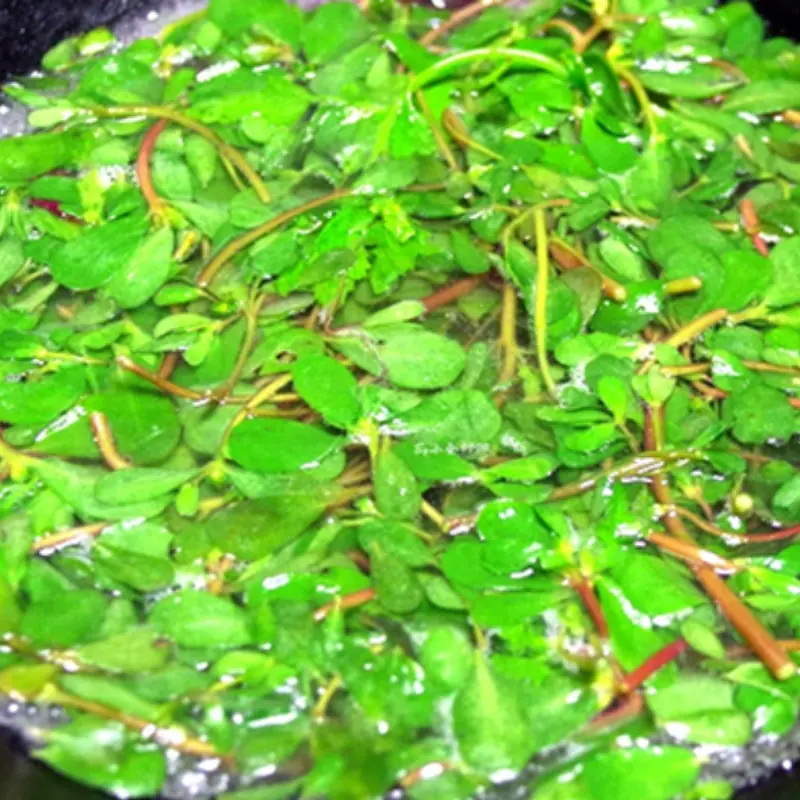
Two Types of Vegetables That Are Unlikely to "Absorb" Pesticides — The Top One Is Surprisingly Unknown to Many
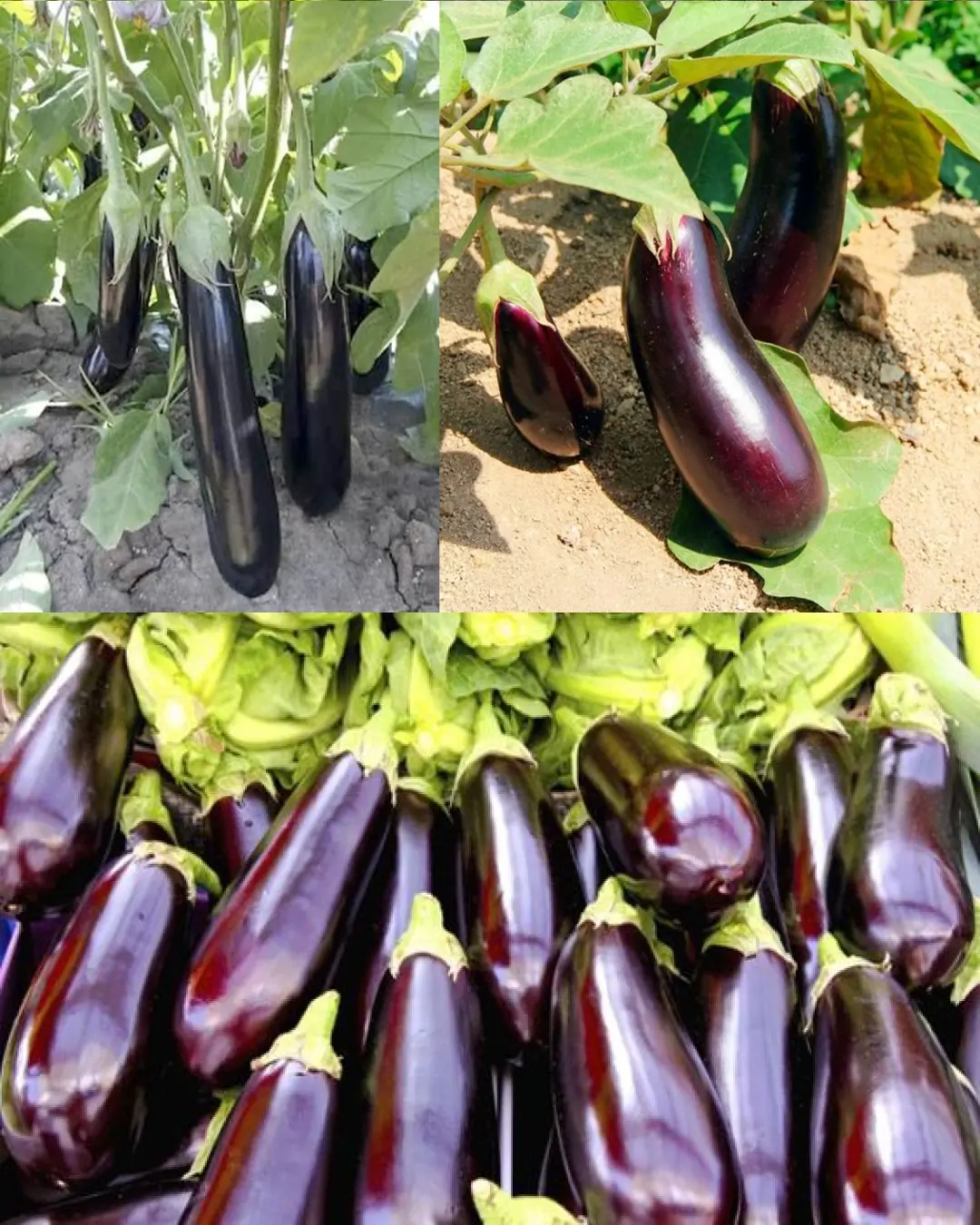
Grow Plump, Flavorful Eggplants with These Smart Growing Tips

These 3 Meats Can Harbor Parasites if Not Cleaned Thoroughly

A Little Cloud

Boil potatoes without water: This way the potatoes will be soft, fragrant, and not bland.

If the engine fails, will the plane fall straight down?
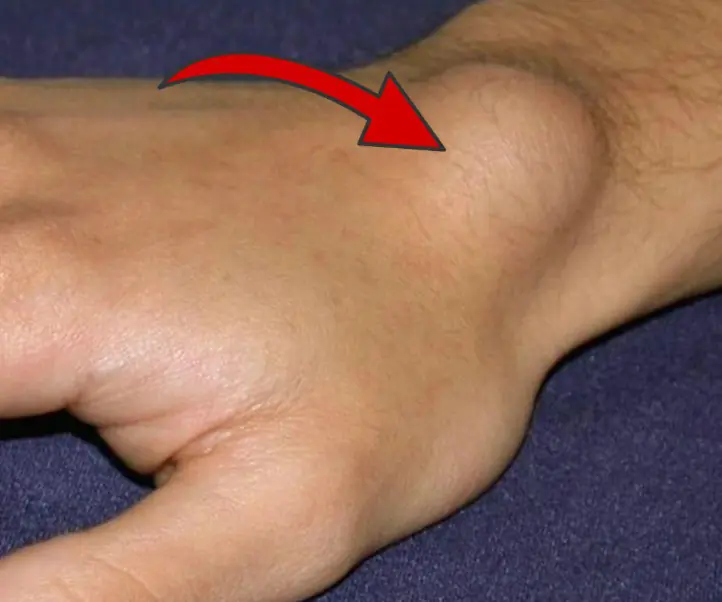
6 wa.rning signs your bo.dy might be “nurturing” can.cer

How to clean sink drain easily

5 effective liver de.tox drinks to have before bed
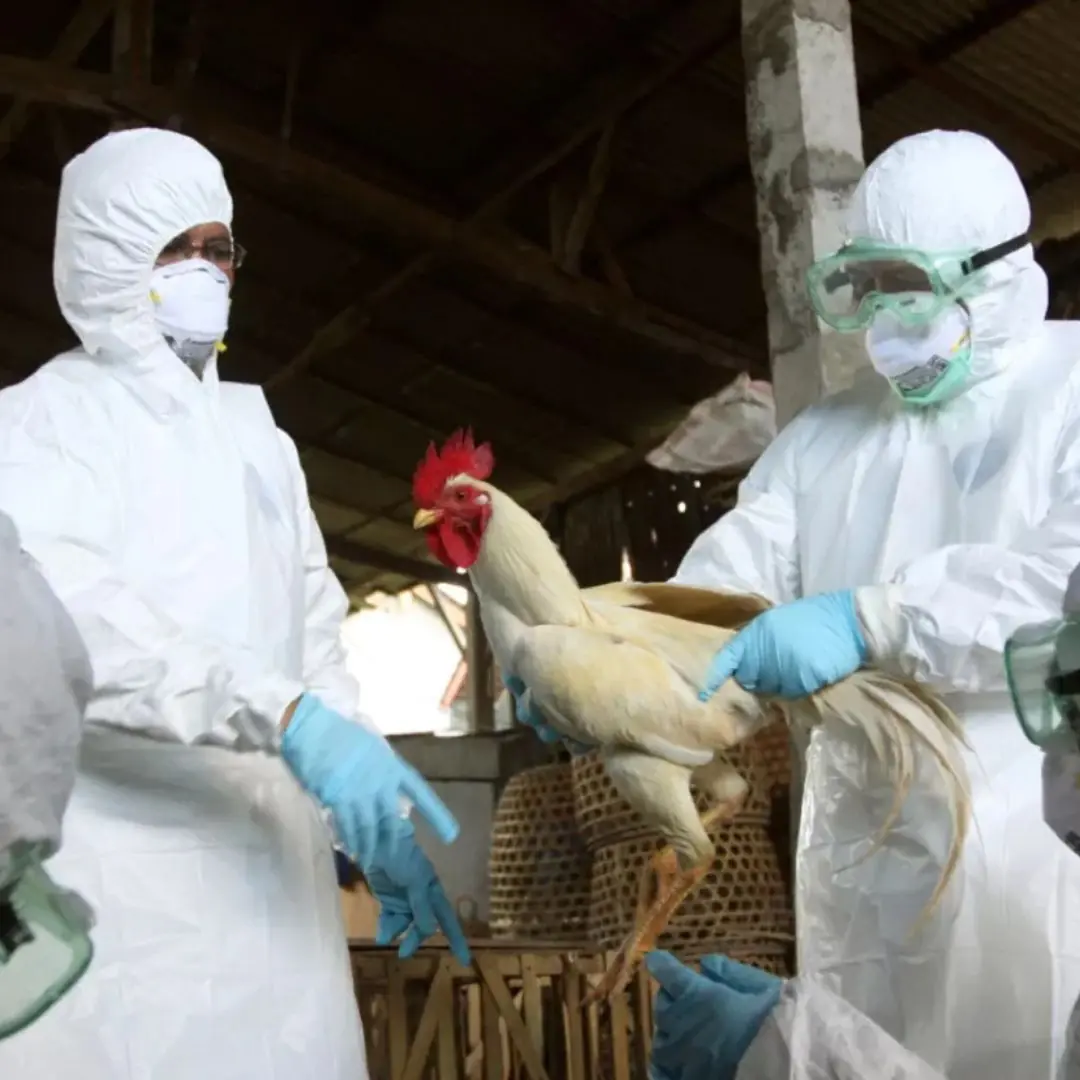
Experts Warn of Rising Bird Flu Th.r.eat: Could Avian Influenza Become the Next Pa.nd.emic?

Whistling Dick's Christmas Stocking

3 Fruits That May Harbor Parasites – Eat with Caution to Avoid Illness

5 amazing health benefits of black bean water
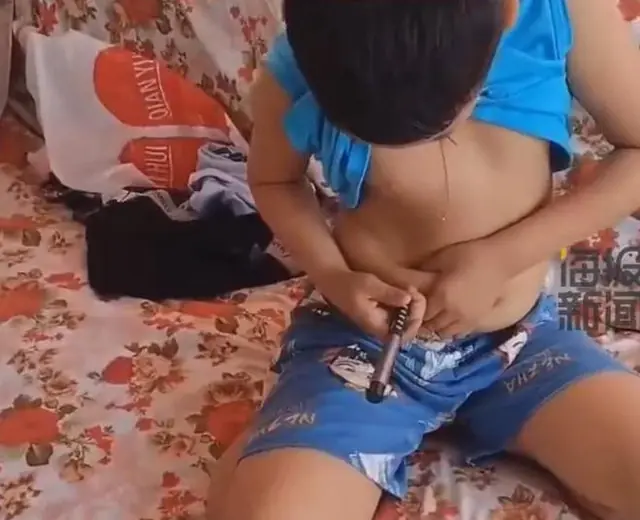
4-year-old boy suffers from diabetes, mother bursts into tears after doctor says: "It's all in the family"
